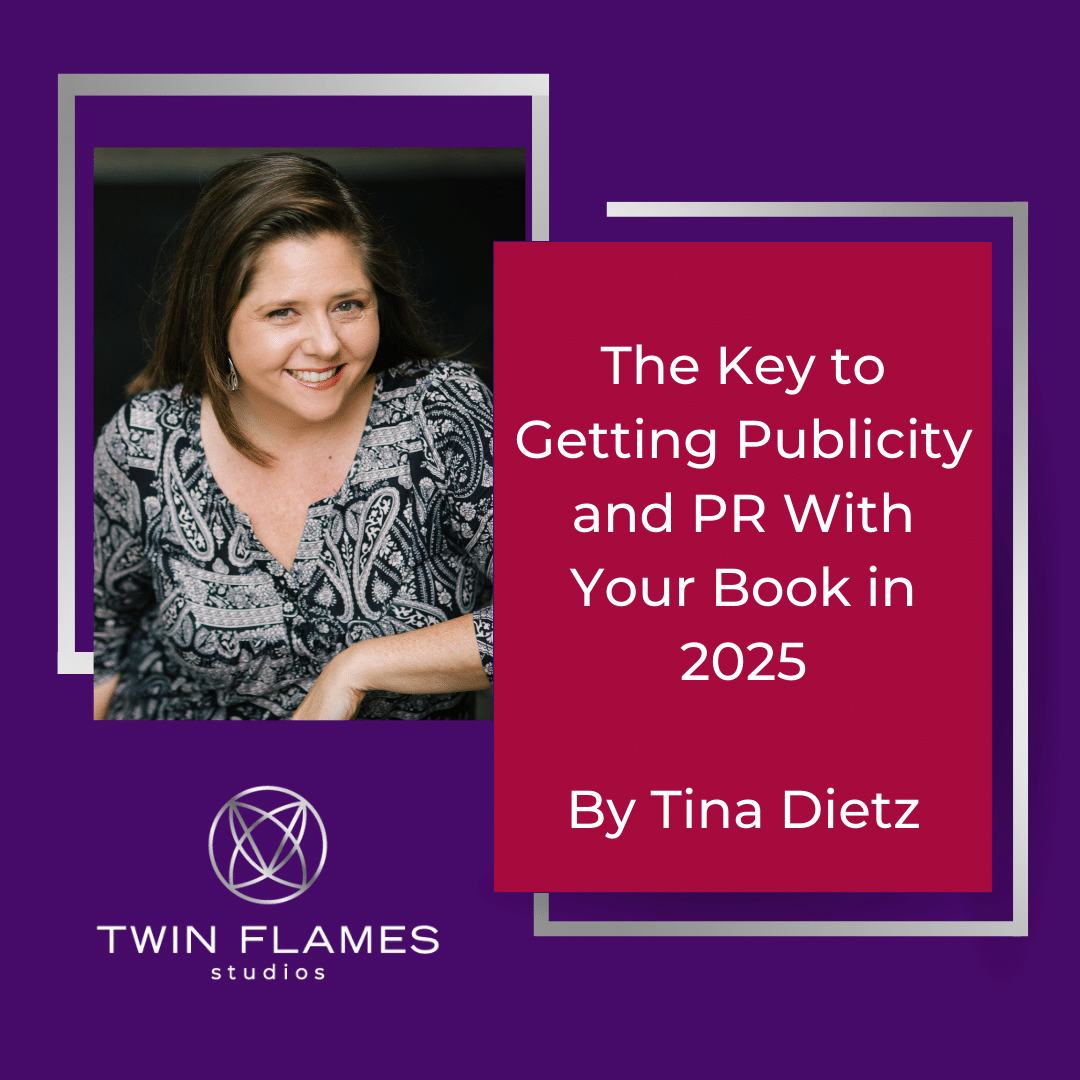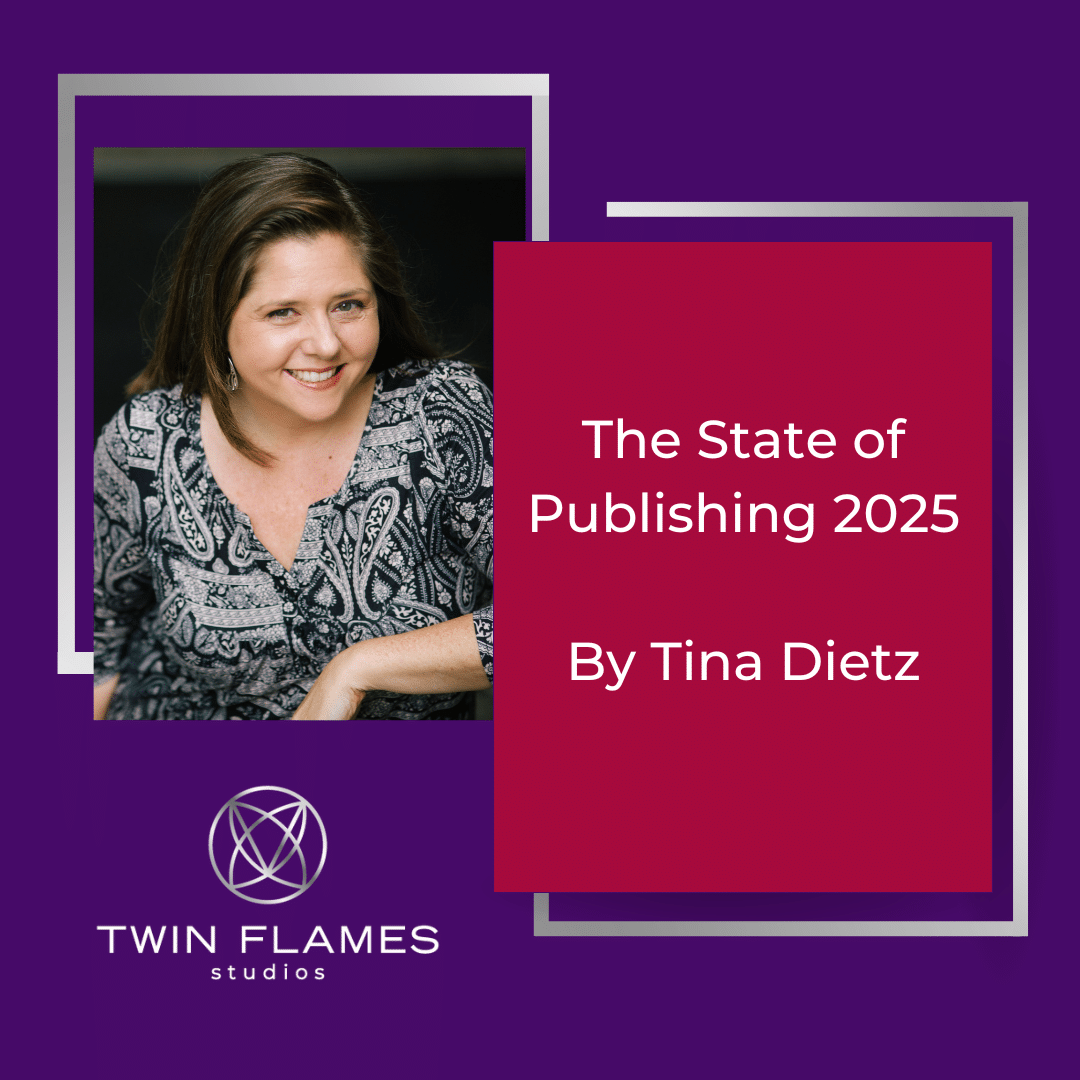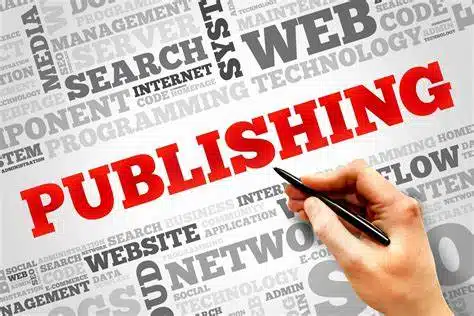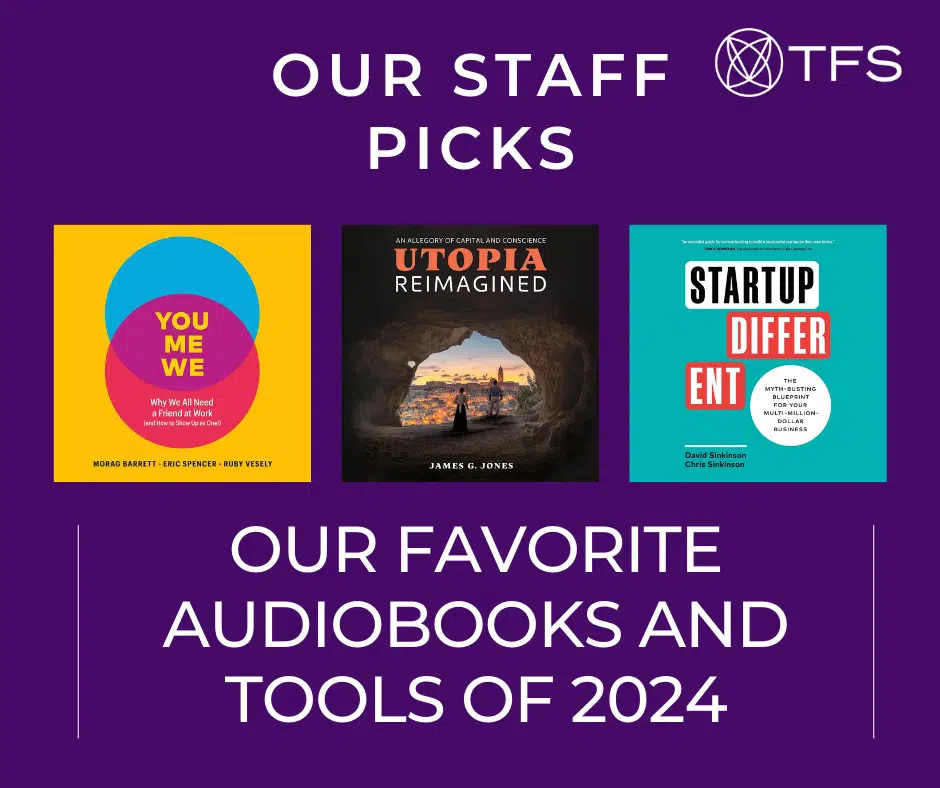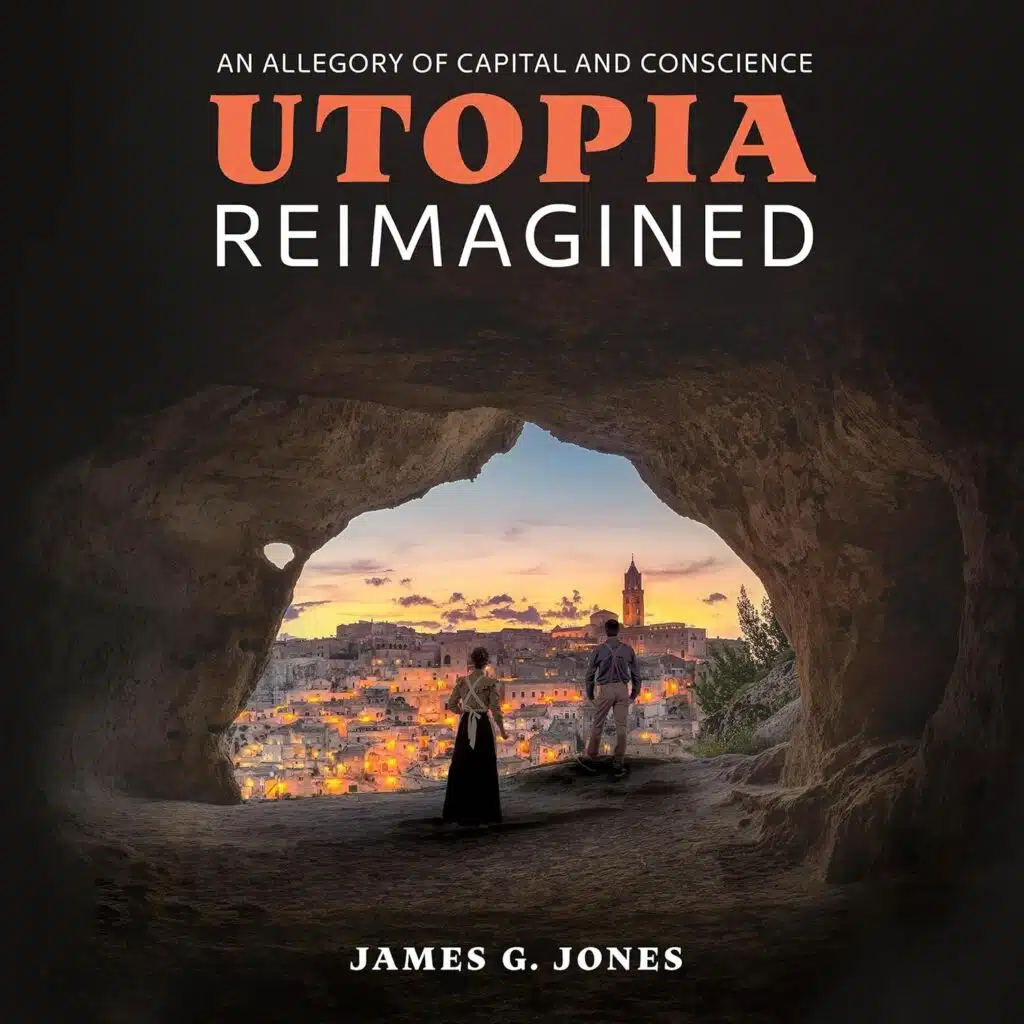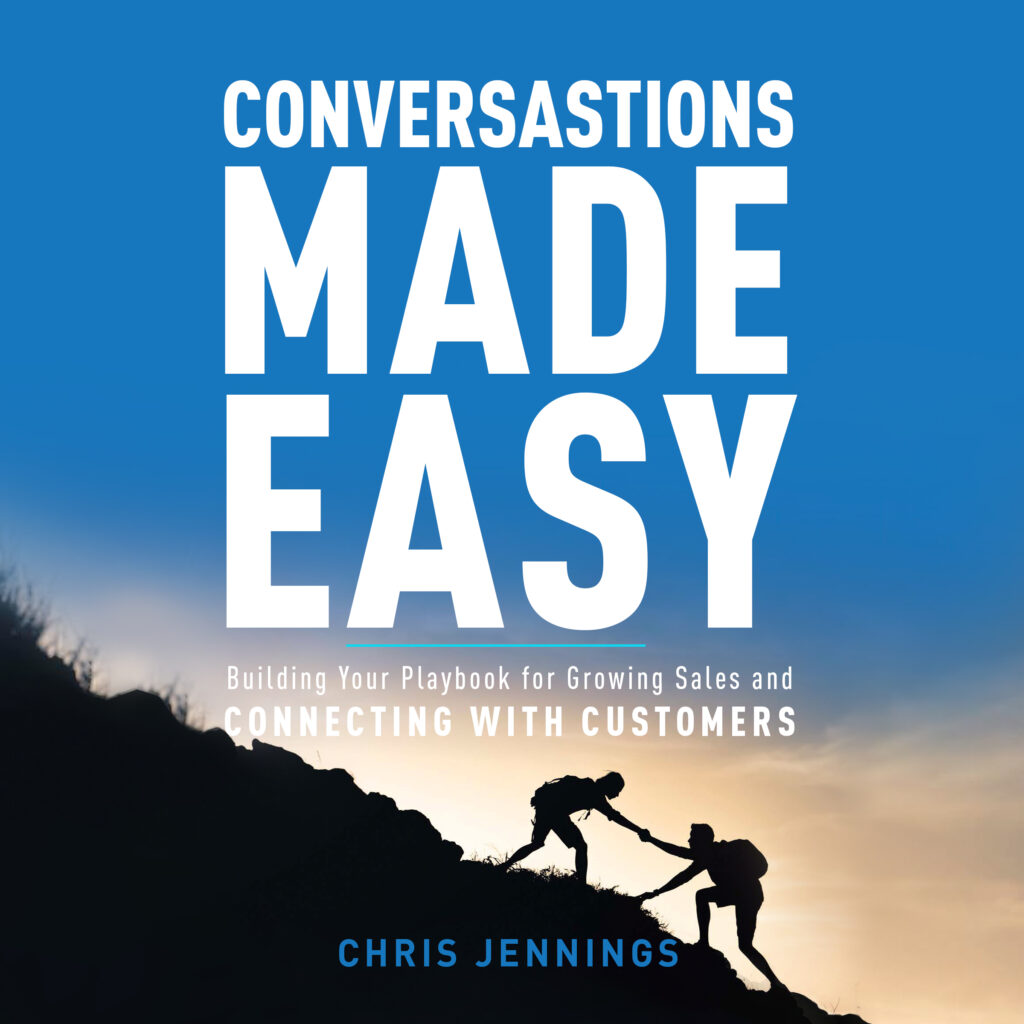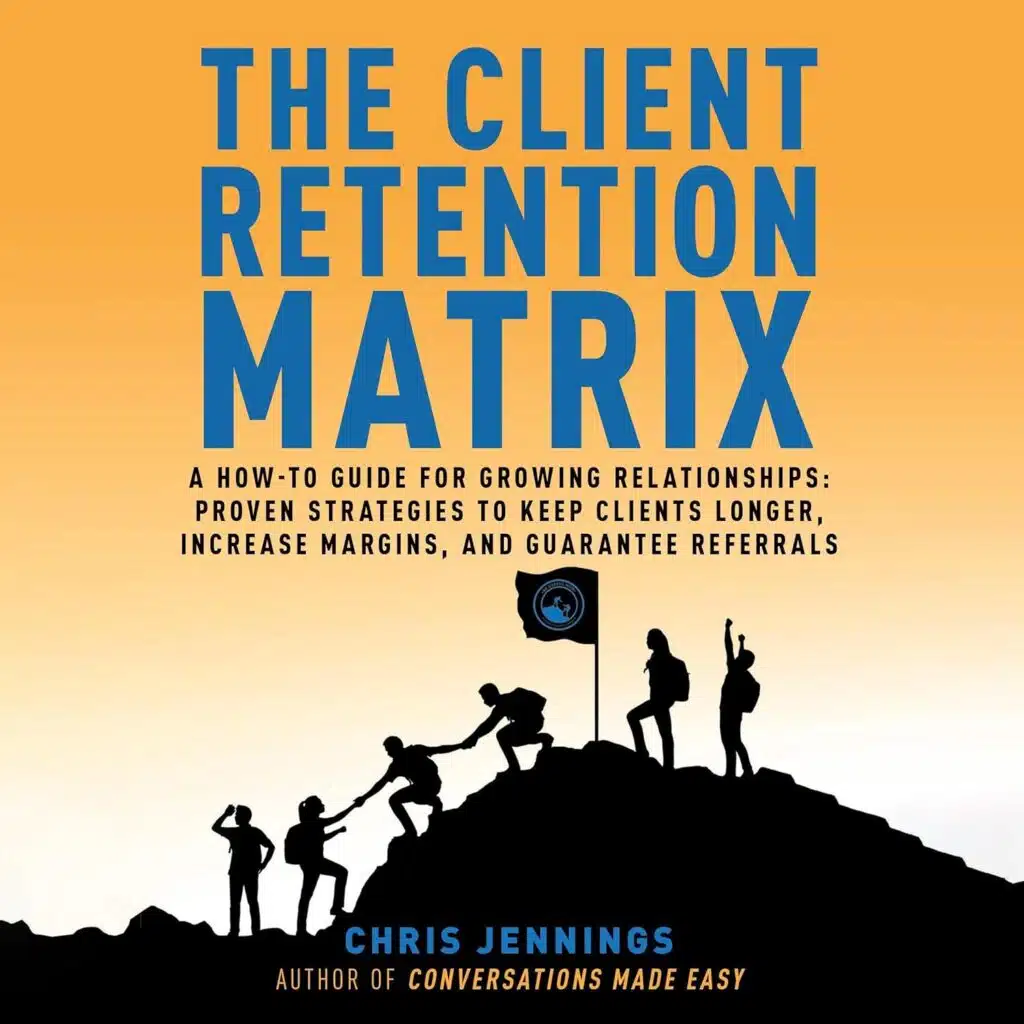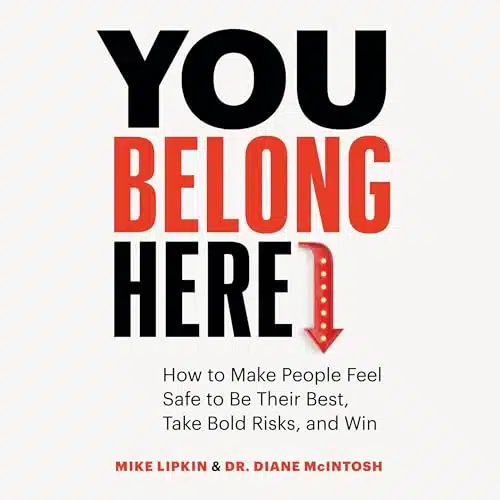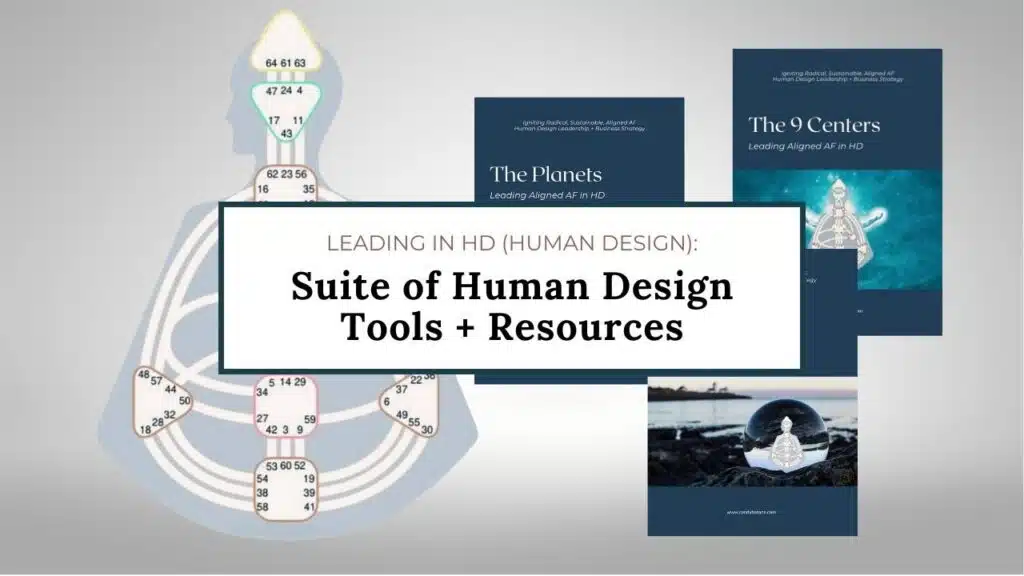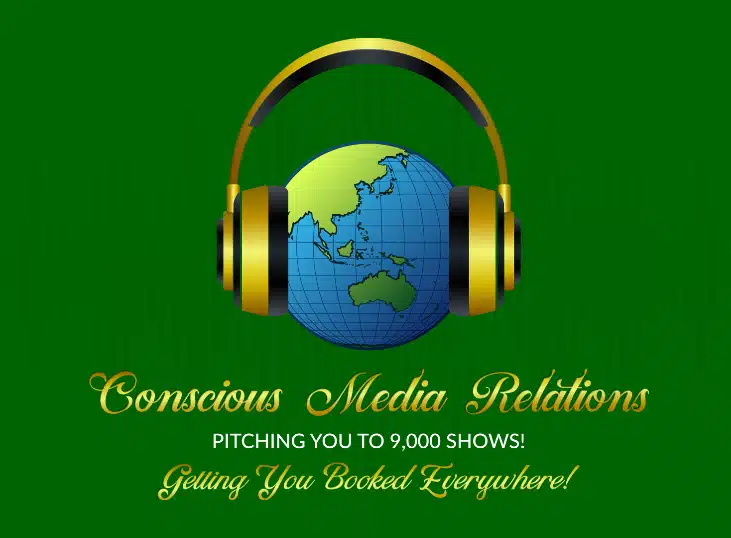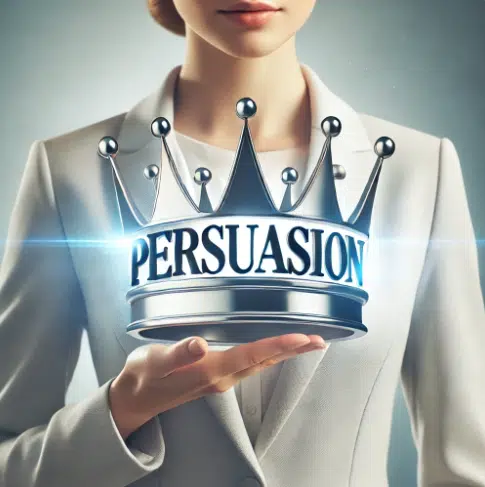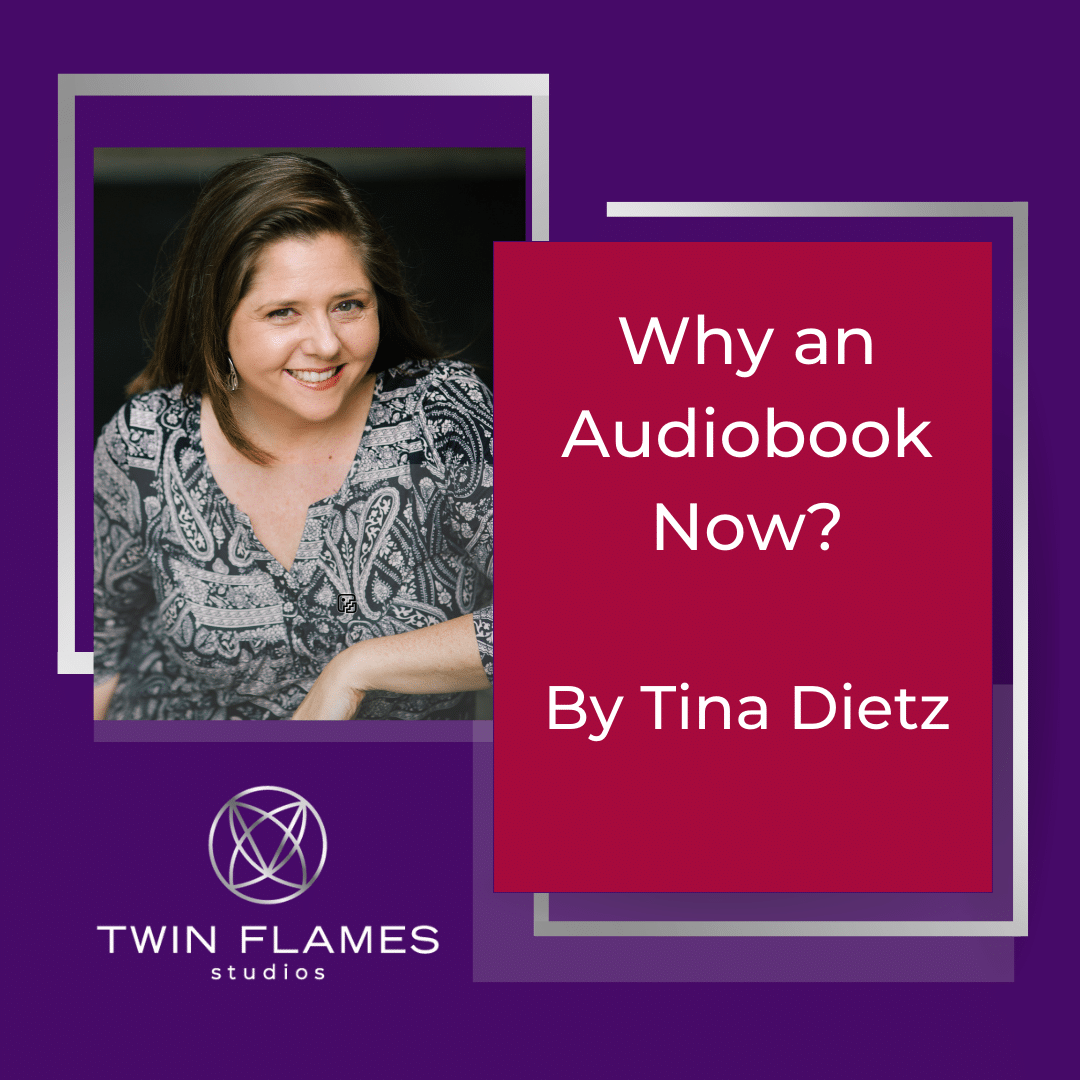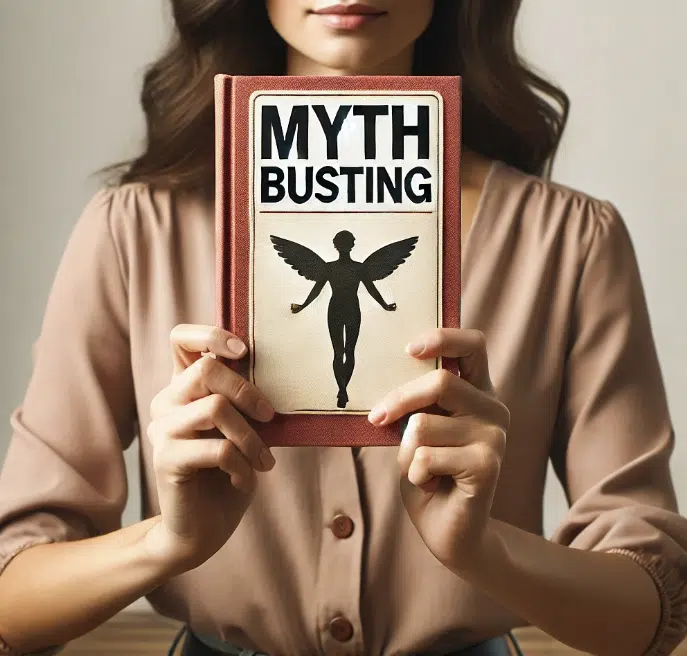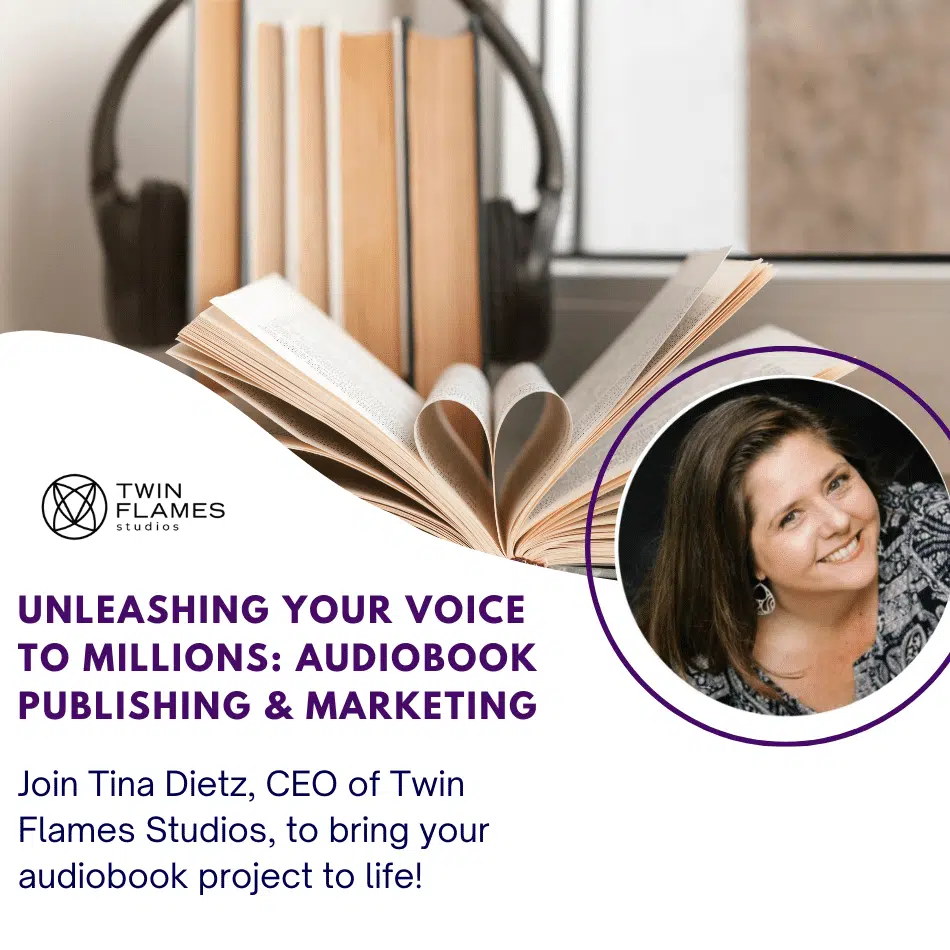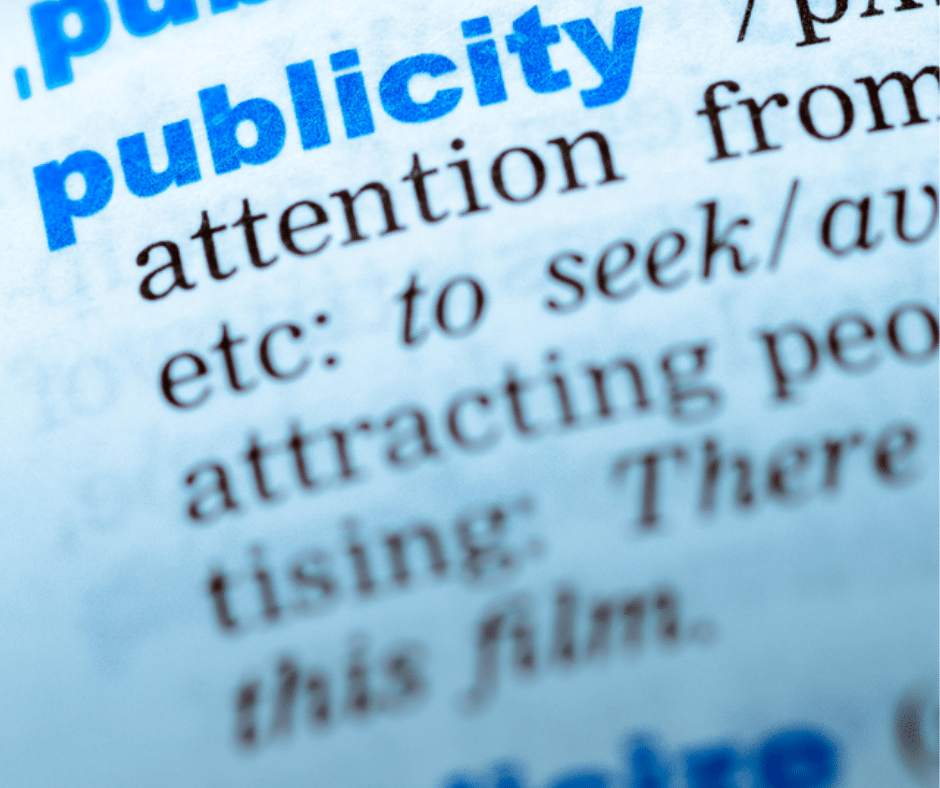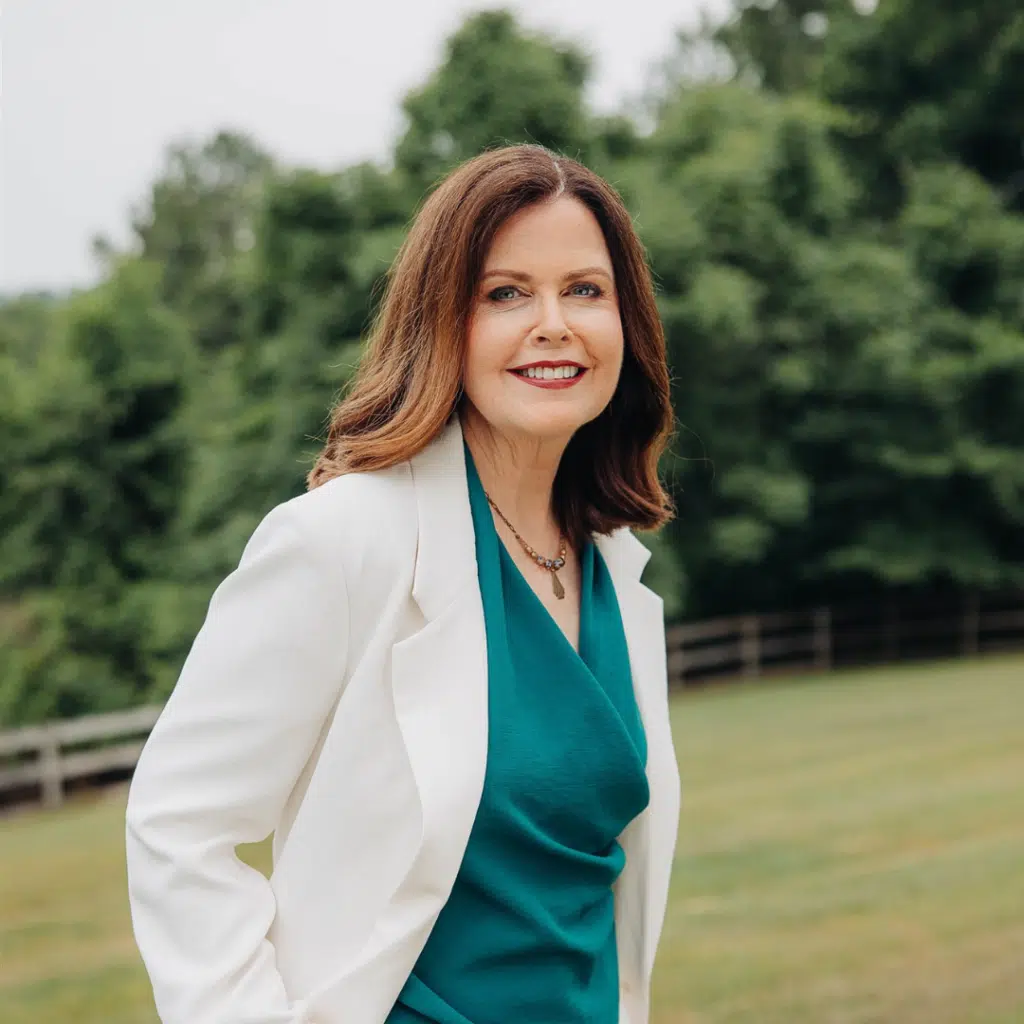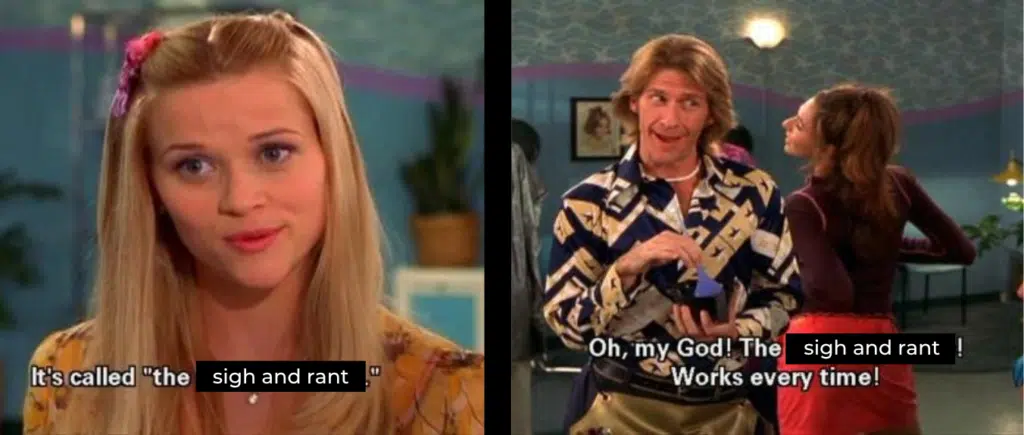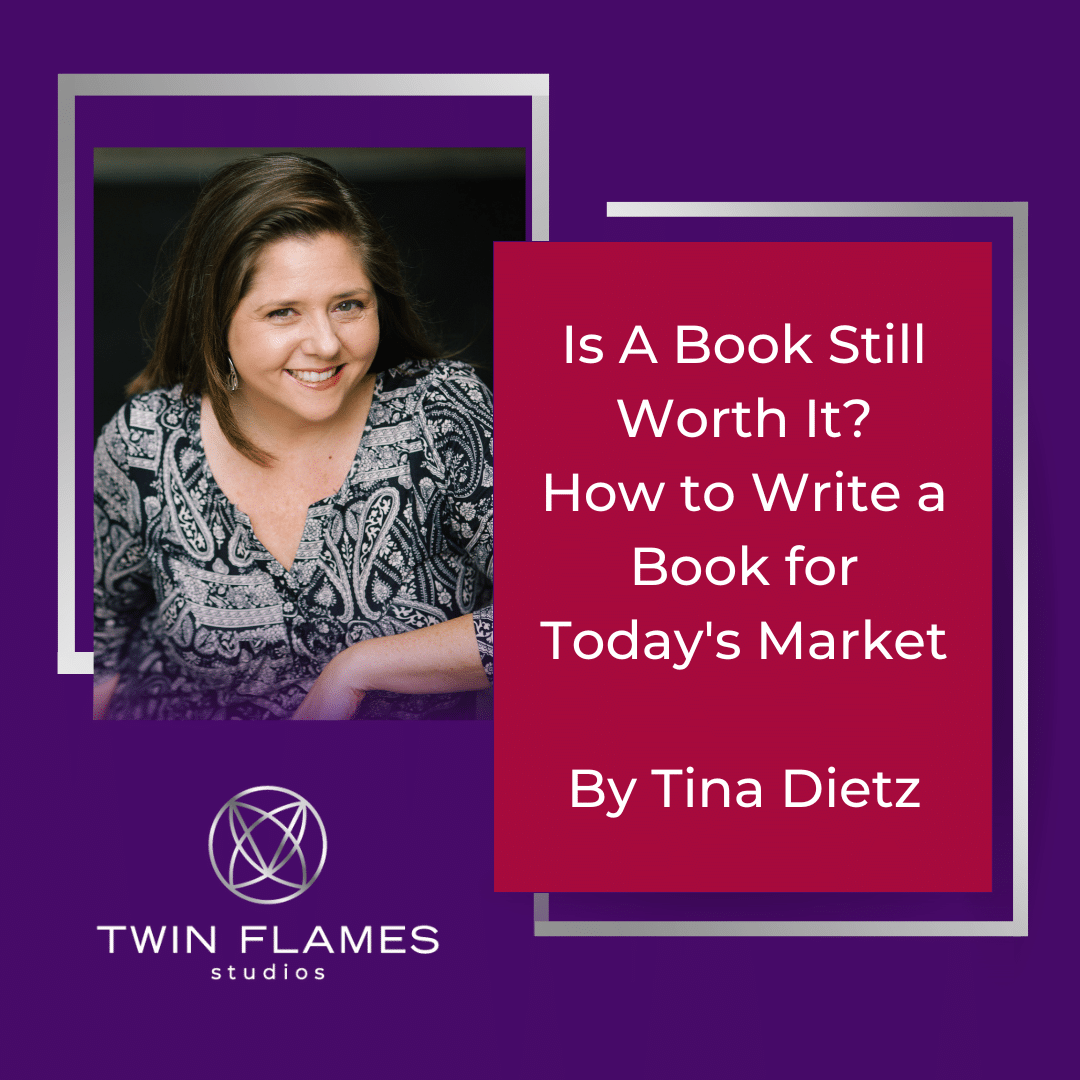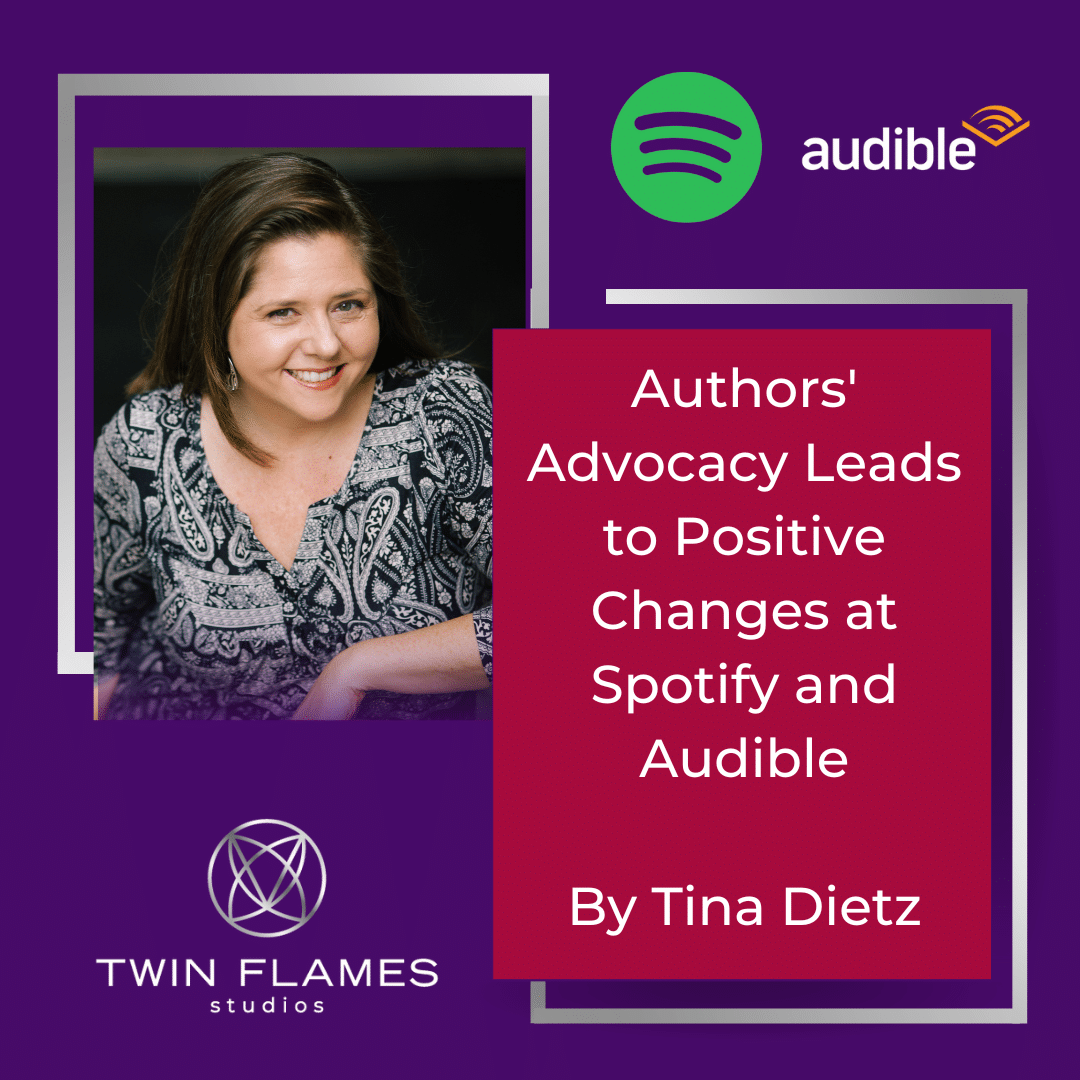The Key to Getting Publicity and PR With Your Book in 2025
Publicity is still as valuable as ever!

Publicity is always adapting…
While the publishing industry has undergone a period of rapid transformation, publicity as an industry may be changing even faster.
For authors and experts like you, publicity is still an essential tool to grow your audience, establish credibility, and, yes, sell books. But gone are the days of simply getting meaningful PR by sending out a press release and hoping for the best.
The most effective strategies now focus on reaching the right audience, not the largest one.
Your approach must focus on specific markets and opportunities, delivering the right message during those opportunities, and creating long-term relationships.
This is why I recently hosted some of the leading experts with experience in both the publishing and publicity industries: Mary O’Donohue, Jess Todtfeld, and Marissa Eigenbrood to share insights on what works, what doesn’t, and how to turn media attention into real results. Our own CMO, Ken Course, also chimed in with some timely insights.

What's Changed and What Hasn't
Traditional media has avoided a complete fall from grace but is nowhere near its gold standard status of years past.
The reason? With the rise of algorithms and increasingly short attention spans, niche media opportunities have become the most influential source of PR.
This means podcasts, targeted articles, and industry blogs are more likely to attract the right people who will support your work long after a fleeting TV appearance.
That’s not to say traditional media has no value, but effective publicity today requires a more diverse strategy. Developing multiple media touchpoints will get you to results faster.
Where Should You Focus Your PR Efforts?
Many authors and experts dream of the “home run” scenario.
While big media opportunities are impressive to have on your website or resume, they don’t always generate book sales.
Mass market, or “chasing the big crowd,” often misses your most engaged audience.
Jess Todtfeld notes that while high-profile appearances look impressive, “The right podcast audience is more likely to buy your book.”
Mary O’Donohue emphasizes the importance of clarity: “Know your goals—visibility and book sales are not always the same thing.”
Marissa Eigenbrood advises balancing different types of opportunities. “Brand-building media and audience-building media should work together,” she says.
Strategic, targeted publicity will award you the long-term results you need.
Do's and Don'ts of Media Interviews
What to Do:
- Deliver value and don’t overdo the sales pitch. “Media interviews are a marketing asset someone else pays to create. If you treat it like an infomercial, you’ll lose the audience.” – Mary O’Donohue
- Have a “real” conversation. “TV and radio hosts want a conversation, not a monologue. Be personable and responsive.” – Marissa Eigenbrood
- Prepare strong answers to questions and reinforce them with a strong takeaway. “When an interviewer asks about your book, don’t say, ‘That’s in chapter five.’ Instead, give them a strong takeaway that makes them want to know more.” – Jess Todtfeld
- Don’t forget your call to action, but make sure to give answers with substance. “Your appearances should always direct people to your website where they can sign up for something valuable or to take the next step with you.” – Ken Course
What to Avoid:
- Being overly promotional. “Your job isn’t to sell; it’s to showcase your expertise and give value. The audience will buy your book if they trust and connect with you.” – Mary O’Donohue
- Relying on “one big interview.” “Media exposure is about frequency. Keep showing up in different outlets to build recognition and credibility.” – Jess Todtfeld
- Don’t forget to repurpose your media. “After an interview, share it everywhere. Leverage your appearance for months by repurposing clips, quotes, and key moments.” – Marissa Eigenbrood
Remember, the goal for every appearance is connection, not promotion.
Turning Your Publicity into Actual Book Sales
In the end, you want your media to convert into actual results.
This means going from attention to action.
Marissa Eigenbrood emphasizes, “Media exposure builds awareness, but consumers need multiple interactions before making a purchase.”
How to Make Your Publicity Convert:
- Always have a way to capture leads. “Rather than sending readers to Amazon, direct them to your website where they can engage with your brand and access exclusive content.” – Ken Course
- Have a variety of valuable offers. “Create incentives like downloadable guides, private Q&A sessions, or limited-time discounts to turn interest into sales.” – Jess Todtfeld
- Leverage each appearance for weeks or months afterward. “One interview can be turned into multiple marketing assets—blog posts, social media snippets, email content. Maximize every piece of media exposure.” – Mary O’Donohue
When your calls to action are clear and easy, it makes a big difference.
For example, one of our recent authors saw their book ranking jump from #650,000 to #97 on Amazon overnight after an online article linked directly to their book page.
The Tools You Need for Successful PR
Check out these amazing resources our panel shared to streamline your outreach and stay organized:
- ListenNotes (free/paid) – A searchable podcast database to find relevant shows.
- MuckRack – A tool for researching journalists, tracking their coverage, and finding media contacts.
- RecurPost – A scheduling tool for automating social media posts and maintaining a consistent online presence.
- Cision (higher cost) – A comprehensive PR database for advanced media outreach and journalist connections.
- PodMatch – A platform for podcast hosts and guests to connect and schedule interviews.
And of course, be sure to check out our Twin Flames Studios Author Resource Directory to find credible, experienced PR help.
This includes contact information from our panelists!
The key to success is having a diverse and refined approach.
This results in better media coverage, bigger results, and ensures that every appearance works harder for your book, your brand, and your audience.
I can’t wait to hear how you put these tips into practice!
What most surprised you, or what do you still want to know? Let us know your thoughts below!
About Tina Dietz:
Tina Dietz is an award-winning and internationally acclaimed speaker, audiobook publisher, podcast producer, and vocal leadership expert whose work and shows have been featured on media outlets including ABC, NBC, CBS, The Wall Street Journal and Chicago Tribune, Inc.com, and Forbes. She’s been named one of the top podcasters for entrepreneurs by INC.com, and Tina’s company, Twin Flames Studios, re-imagines thought leadership through podcasting and audiobooks for experts, executives, and founders.


